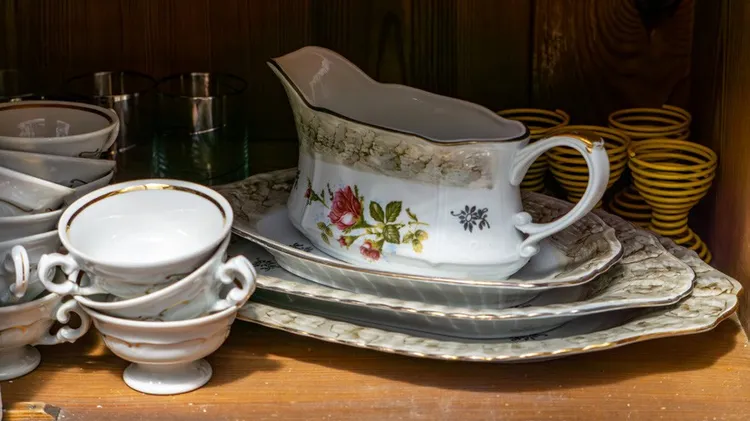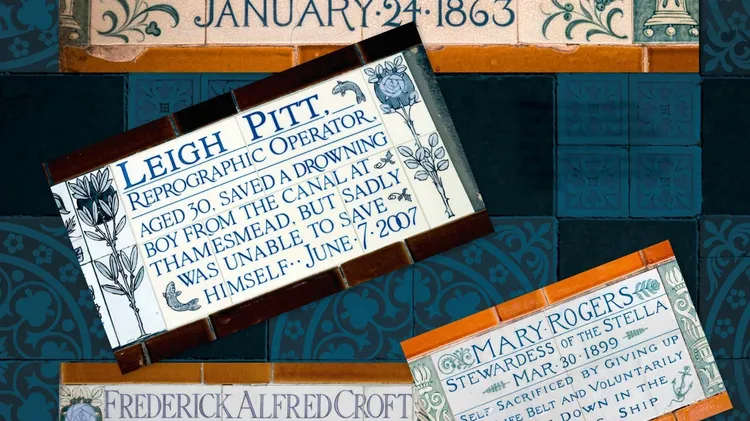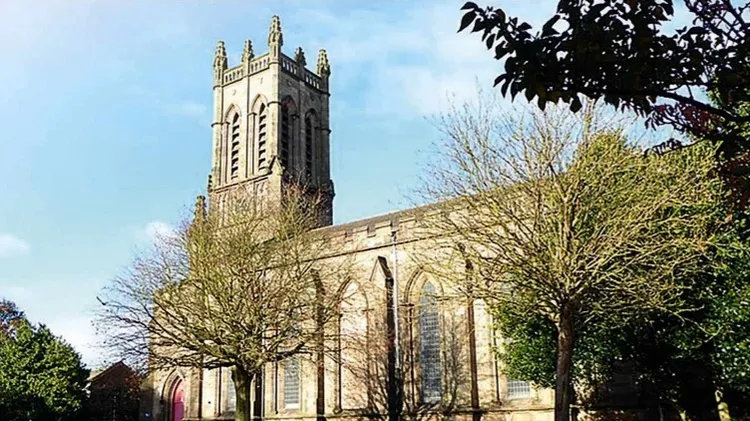Alan Crosby explains how probate records from the 1600s emphas
The will for a christian burial
2 min read
This article is from...
Read this article and 8000+ more magazines and newspapers on Readly






